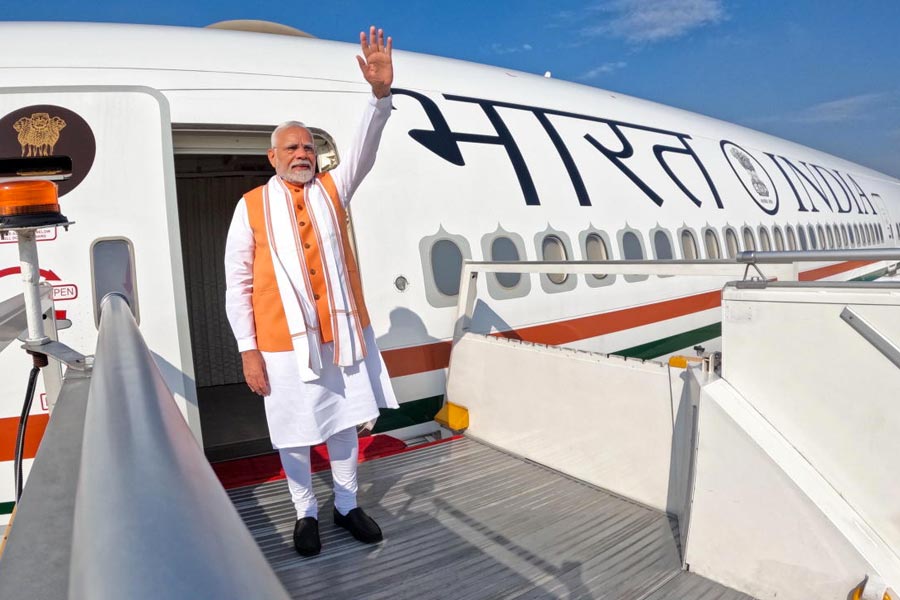 |
KnowHow team explains: Any object moving along a curved path experiences a force always directed in towards the centre of the curve. This force is known as the centripetal force.
When an artificial satellite revolves around the earth in a circular orbit, the centripetal force is provided by the earth’s gravitation.
For a train moving on a circular track, this force is provided by the rails, which exert a sideways force on the inner rim of the wheels.
But this can not be safely relied upon. It may not be large enough at all times. The railway track is therefore banked; the outer rail is positioned at a slightly higher level than the inner one. This is the reason why tracks are often inclined.
The forces acting on the train in such a case are its weight, acting straight downward and the normal reaction force exerted by the tracks. Because of the inclination (due to the embankment) the normal force (reaction of the weight) exerted from the ground has a horizontal component.
As long as this equals the centripetal force of the curve at that point, the train does not fall sideways.
If the train negotiates the curve at a higher speed than the limit allowed by the banking, it is sure to get derailed.
The question was sent by Shipra Das via email










